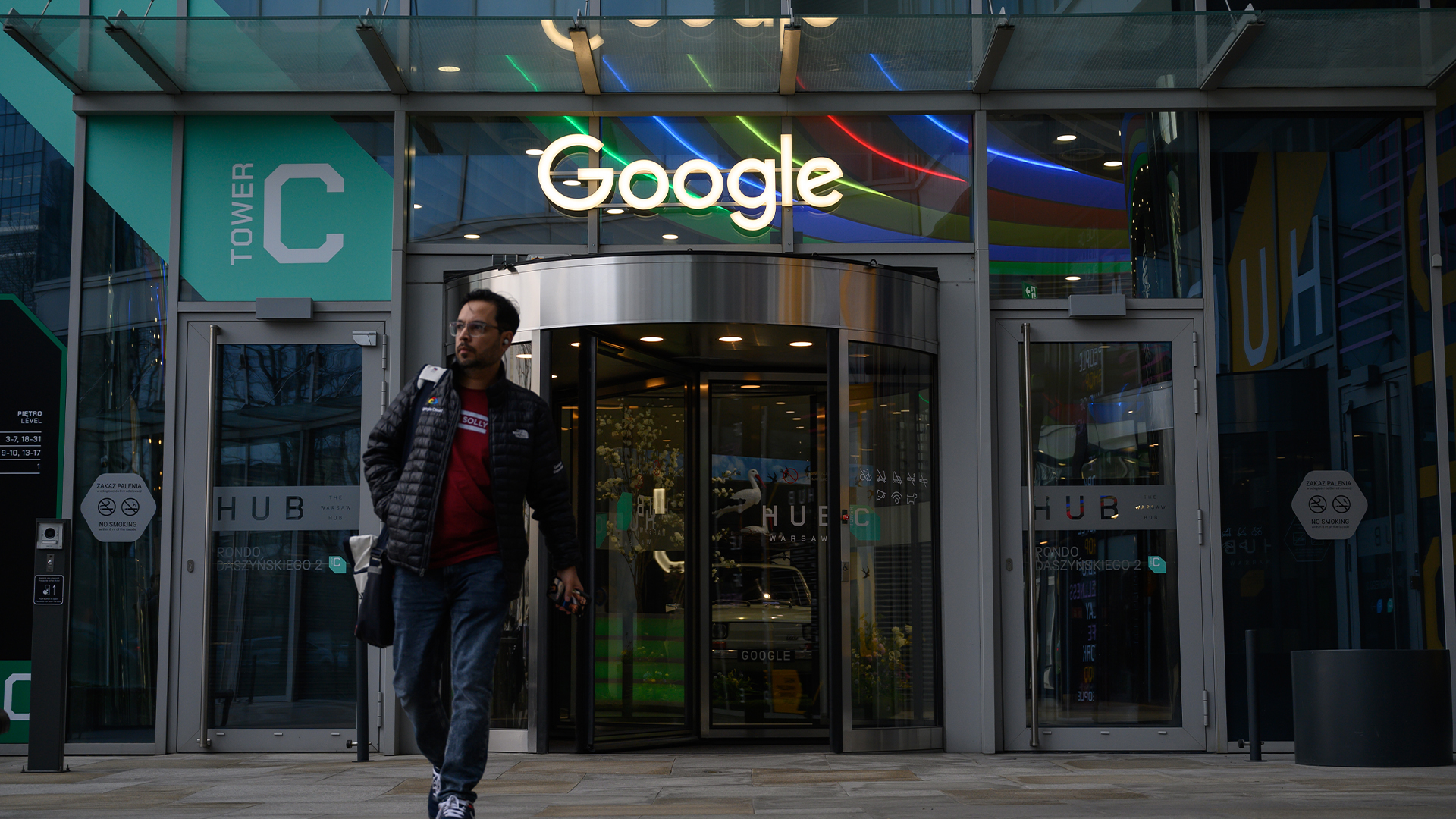How to manage – and mitigate – performative working
An increasing number of people are putting on a show of working, rather than actually getting on with it

Slack’s 2023 State of Work report revealed that performative working – the appearance of being productive but producing minimal value – has become widespread in business. Although the underlying causes of performative working differ, the result of diminished productivity remains.
The report was based on a survey, carried out by Qualtrics, of 18,149 workers ranging from c-suite executives and presidents through to middle management and desk workers, and took in a cross section of several different geographies and verticals. It showed that employees spend 32% of their time doing performative work that gives them the appearance of being productive. It was further noted that respondents claimed 43% of their meetings could be eliminated without any adverse consequences.
Performative working is not a recent phenomenon. “We've always had it,” says Alchemy Labs founder Alastair Gill. “You would see people twenty-years ago running up and down the corridors with a phone next to their heads and loads of papers under their arm, going from meeting to meeting.”
However, just as the Covid-19 pandemic accelerated remote and hybrid working, so too has it changed other aspects of modern business. Meetings used to be in-person, but now people can join using video conferencing tools. Post-Covid, there has tended to be an increase in the number of emails that people are copied into, as people working from home seek to remind colleagues of what they are working on.
“We probably would have been at this point in ten years’ time, just because we've been talking about working from home for donkey’s years,” says Gill. “It’s only since Covid and all the tech companies building a lot of collaborative tools, which has really accelerated this culture of performative work.”
Michael Vincent, managing director of Strategic Goal Management Consulting, has similar feelings. “During Covid people were wanting to be seen,” he says. “They wanted to arrange meetings to show they were doing work, but they were meetings that were not required, or going to meetings where that individual doesn't need to attend.”
Nonetheless, there are a variety of other potential drivers contributing to performative working, and the exact causes differ between organizations.
Sign up today and you will receive a free copy of our Future Focus 2025 report - the leading guidance on AI, cybersecurity and other IT challenges as per 700+ senior executives
Fear can be a common factor driving performative working; economic uncertainty and the rise of AI, both of which could imperil thousands of jobs, are common causes of anxiety currently. Employees who are fearful of losing their jobs will often want to be seen to be working to prove their worth. Therefore, they ensure that they are noticed by the executives, rather than focusing on the objectives of their roles.
The notifications employees are often bombarded with, especially when they are using multiple communication tools can also lead to performative working. For example, an employee could be distracted from their task by an email notification, causing them to lose their focus and instead turn their attention to replying to an email that could have waited.
Overly deferential employees, who wish to be seen by the executives in order to validate their work may also be more inclined to engage in performative work. These people may seek to remain in close proximity to the CEO, if they associate familiarity with promotion.
Moving from performative to productive working practices
Whilst the drivers behind performative working may differ, the result tends to be employees striving for greater visibility for themselves.
Visibility as an indicator of productivity stems from a more traditional view of work, where rows of desks filled with employees was seen as an indication of high productivity. This mentality was reinforced in 2022 when Jacob Rees-Mogg called for civil servants to return to their offices.
Unfortunately, the old-fashioned connection between productivity and visibility is not compatible with modern, post-pandemic, technology-enabled ways of working. With employees working remotely, there needs to be a greater emphasis on productivity being measured by employees meeting strategic business objectives and key performance indicators (KPIs), rather than the number of hours they sit in an office.
Meetings, both online and in-person, should only be held when necessary and only attended by those who need to be there. One way to control this is to mandate that all invitations must have an agenda and state the purpose and objectives of the meeting. Notes summarizing what was discussed can be placed in a collaborative working hub, so they can be seen by any interested parties, preventing lots of people being copied into meeting invitations ‘for information only’.
RELATED RESOURCE

Get top insights from IT leaders on processes, operations, and technology
DOWNLOAD NOW
Tighter controls of system notifications and their timings can also help to prevent distraction and the associated loss of focus when working.
Although it may be tempting to install employee surveillance measures as a means of measuring productivity, these can have mixed results. They can measure how active someone is at their computer, but are incredibly invasive, leading to questions about employee privacy. It also demonstrates a lack of trust by the leadership, which in turn can result in the lack of trust being reciprocated by the employees. Also, these only tackle the symptoms of performative working, rather than addressing the drivers.
It’s better to investigate the root causes of performative working and take steps to internally address them, whilst reinforcing how productivity is measured by employees meeting objectives that advance the overall organizational strategy.
This needs to be management led, communicating to employees the need for meeting strategic objectives and restricting meeting attendance to only those who should be there. Naturally, with a distributed workforce due to remote or hybrid working, there needs to be a clear and consistent message shared that reinforces this focus on productive workflows.
“It’s like a long-distance relationship; you've got to work a bit harder at it and be a little bit clearer, because you're not picking up all those clues from people in the office, that body language is more of an asynchronous relationship,” says Gill.
Performative working may look productive, but in reality it doesn’t help and can hinder employees in doing valuable work. Identifying and examining the root causes of this behavior – whether it’s anxiety, misunderstanding what’s wanted from them or something else – is the first step to eliminating it and encouraging a truly productive workforce.
-
 What businesses need to know about data sovereignty
What businesses need to know about data sovereigntyWithout a firm strategy for data sovereignty, businesses put their data and reputations at risk
-
 Anthropic says MCP will stay 'open, neutral, and community-driven' after donating project to Linux Foundation
Anthropic says MCP will stay 'open, neutral, and community-driven' after donating project to Linux FoundationNews The AAIF aims to standardize agentic AI development and create an open ecosystem for developers
-
 Employee ‘task crafting' could be the key to getting the most out of AI
Employee ‘task crafting' could be the key to getting the most out of AINews Tweaking roles to make the most of AI makes you more engaged at work
-
 ‘Always on’ culture is harming productivity, so workers are demanding ‘digital silence’ to get on with tasks
‘Always on’ culture is harming productivity, so workers are demanding ‘digital silence’ to get on with tasksNews Tired of relentless notifications, emails, and messages? You're not alone. Workers across a range of industries are calling for 'digital silence' periods to boost productivity.
-
 Microsoft could be preparing for a crackdown on remote work
Microsoft could be preparing for a crackdown on remote workNews The tech giant is the latest to implement stricter policies around hybrid working without requiring a full five days in the office
-
 Half of British companies want an end to hybrid working – but they’re playing with fire if they expect employees to comply
Half of British companies want an end to hybrid working – but they’re playing with fire if they expect employees to complyNews A survey by British Chambers of Commerce suggests approval of hybrid working depends on sector
-
 HSBC says get back to the office or risk bonuses – and history shows it’s a tactic that might backfire
HSBC says get back to the office or risk bonuses – and history shows it’s a tactic that might backfireNews HSBC is the latest in a string of financial services firms hoping to tempt workers back to the office.
-
 Hybrid models have changed the way we work – but not where we live
Hybrid models have changed the way we work – but not where we liveNews The wider impact of working from home has been limited by requiring employees in the office for a few days a week, academic research suggests
-
 Google tells some remote workers to return to the office or risk losing jobs
Google tells some remote workers to return to the office or risk losing jobsNews Google has warned remote workers will need to return to the office or else lose their jobs, according to reports.
-
 Young tech professionals are shunning a full-time return to the office – unless it pays more
Young tech professionals are shunning a full-time return to the office – unless it pays moreNews Young tech professionals who entered the workforce post-pandemic expect on-site work to be paid more than remote options.